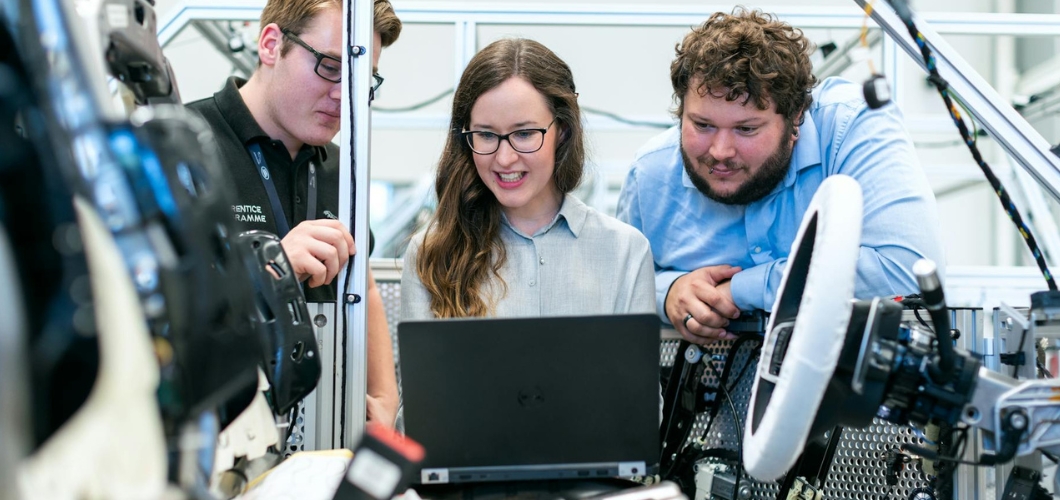Automation keeps changing sectors by increasing productivity, cutting expenses, and fostering creativity. As 2025 approaches, technological developments are driving automation to unprecedented levels. These are the top five automation trends to look out for this year.
Hyperautomation Continues to Grow
Businesses are increasingly prioritizing hyperautomation, which is automating as many processes as possible through the use of AI, ML, and robotic process automation (RPA).
Why It Matters: By facilitating end-to-end automation and integrating diverse systems, hyperautomation speeds up digital transformation.
Affected Industries: Leading industries using hyperautomation to improve client experiences and expedite processes include banking, healthcare, and supply chain management.
AMRs (Autonomous Mobile Robots) in Storage
Although warehousing has always relied heavily on robotics, in 2025, AMRs will take center stage. These autonomous robots navigate through buildings using sophisticated sensors, AI, and navigation systems.
Key Benefits: The ability to manage workforce shortages, lower operating costs, and increased efficiency are the main advantages.
Trend Highlight: As companies strive to satisfy rising customer needs, expect substantial adoption in the manufacturing and e-commerce industries.
Processing Documents Intelligently (IDP)
IDP is being adopted by document-heavy industries such as healthcare, banking, and law to automate the extraction, processing, and analysis of unstructured data.
Technological Developments: AI-powered solutions and Natural Language Processing (NLP) are improving the accuracy and accessibility of document automation.
Prospects for the Future: IDP will be essential in lowering human error and enhancing regulatory compliance by 2025.
Platforms for Low-Code and No-Code Automation
By enabling non-technical users to create processes and automate tasks, the emergence of low-code and no-code platforms is democratizing automation.
Market Insight: According to Gartner, low-code or no-code technologies would be used in 70% of new applications created by businesses by 2025.
Impact on Business: These platforms facilitate quicker innovation cycles, lessen reliance on IT departments, and save development expenses.
Eco-Friendly Automation
Sustainability is now required, not an option. Designing automation technologies with the environment in mind is becoming more and more common.
Focus Topics: Focus topics include resource optimization powered by AI, energy-efficient robots, and automation solutions that promote circular economies.
Why It Matters: Businesses can meet consumer expectations and environmental standards while achieving long-term cost benefits by investing in sustainable automation.
Gazing Ahead
By 2025, the automation landscape should be more sustainable, inclusive, and intelligent. Businesses that adjust to these developments will increase their operational resilience, obtain a competitive advantage, and open up new growth prospects.
Also read: 7 Best Practices for Securing Automation Workflows



